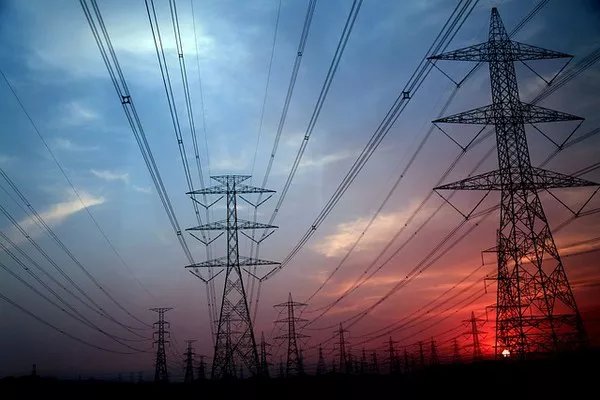The Environmental Protection Agency (EPA) has issued a new rule that will compel coal-fired power plants to capture smokestack emissions or face shutdown. This measure, unveiled on Thursday, aims to impose stricter limits on greenhouse gas emissions from fossil fuel-fired electric plants, representing the Biden administration’s boldest move to curb climate-altering pollution from the power sector, which is the nation’s second-largest contributor to climate change.
These rules are a cornerstone of President Joe Biden’s commitment to eliminate carbon pollution from the electricity sector by 2035 and achieve economy-wide carbon neutrality by 2050. The EPA has emphasized that these measures are intended to provide regulatory certainty to the power industry and incentivize investments in transitioning to a clean energy economy.
Administrator Michael Regan highlighted the dual benefits of the new rules, emphasizing pollution reduction and public health improvements while ensuring a stable and reliable supply of electricity for the nation’s needs.
The rule package comprises four separate measures targeting coal and natural gas plants, including requirements to reduce toxic wastewater pollutants from coal-fired plants and to safely manage coal ash in unlined storage ponds.
Under the new rules, coal plants planning to remain operational beyond 2039 will be required to cut or capture 90% of their carbon dioxide emissions by 2032. Plants set for retirement by 2039 will face a less stringent standard but will still be required to capture some emissions. Those scheduled for retirement by 2032 will not be subject to the new regulations.
Notably, these regulations represent the first federal restrictions on carbon dioxide emissions from existing coal-fired power plants. The rules also mandate that future electric plants fueled by coal or gas control up to 90% of their carbon pollution.
The EPA estimates that these standards will prevent the release of 1.38 billion metric tons of carbon pollution through 2047, equivalent to the annual emissions of 328 million gas cars. Additionally, the rules are expected to yield hundreds of billions of dollars in climate and health benefits, reducing premature deaths, asthma cases, and lost work or school days.
However, industry groups and Republican-leaning states are anticipated to challenge these regulations, arguing against perceived federal overreach and warning of potential reliability issues for the electric grid. Rich Nolan, President and CEO of the National Mining Association, criticized the rules as a threat to the reliability of the U.S. electric grid, expressing concern over the forced closure of well-operating coal plants.
Administrator Regan, while denying that the rules target coal sector shutdowns, acknowledged that some coal retirements would likely occur. The EPA’s proposal relies on proven technologies for carbon pollution control, with a specific focus on carbon capture and storage (CCS) technologies that are already viable and available for deployment.
These regulations align with the Biden administration’s broader strategy to combat climate change and mark a significant step toward achieving ambitious carbon reduction goals in the power sector. Environmental advocates have welcomed the EPA’s actions, emphasizing the urgent need to address climate change impacts and transition to cleaner energy sources.
In conclusion, the EPA’s new rule underscores the administration’s commitment to curbing greenhouse gas emissions and advancing public health while navigating the challenges of energy transition in the pursuit of a more sustainable future.

